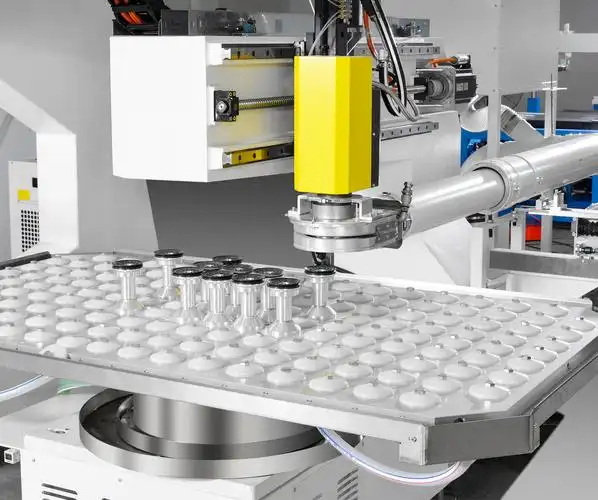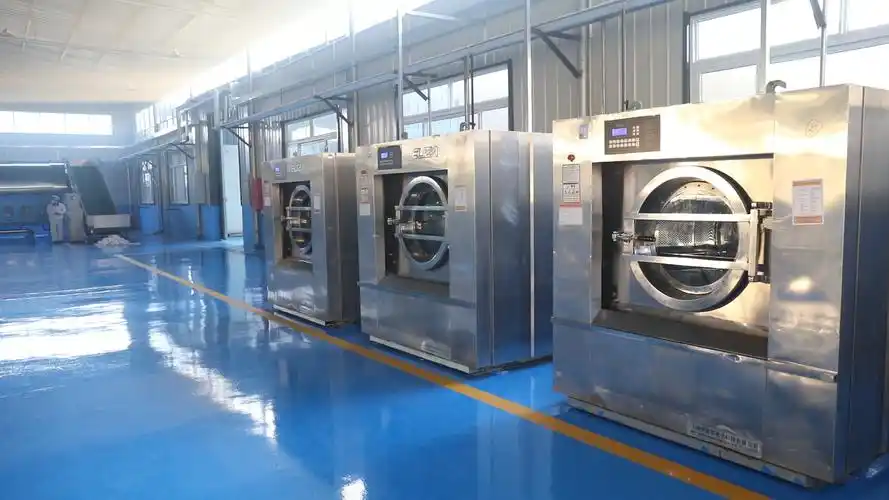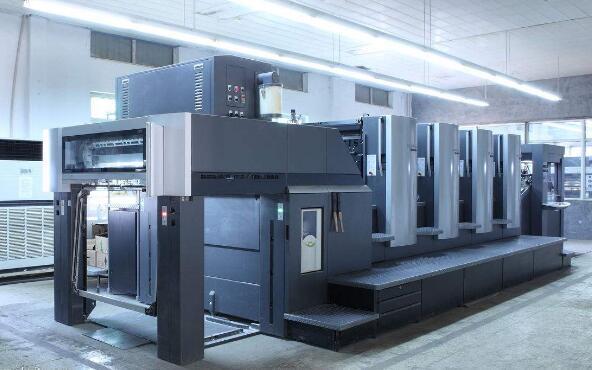
Laundry and washing industry
Providing solutions for industrial equipment power
Laundry and washing industry
Summary
The application of special motors in the laundry industry permeates the core processes of laundry equipment, and their performance directly affects washing efficiency, energy consumption, and equipment reliability. The following explains this from the aspects of Application Scenarios 、 Motor Types 、 Key Requirements and Technological Trends etc.:
I. Main Application Scenarios and Motor Types
The laundry industry covers equipment such as industrial washing machines, extractors, dryers, and washer-extractors. Different processes have significantly different motor requirements:
1. Washing/Washing and Extracting Processes
- Application Scenarios : Industrial washing machines, washer-extractors (such as hotel linen washing, hospital laundry processing, large-scale equipment in laundries).
- Motor Types :
- Variable Frequency Motor : Cooperates with a variable frequency drive to achieve switching between **low-speed stirring (50-100 rpm) and high-speed spinning (800-1500 rpm)** during the washing process. The speed regulation range is usually 1:20 or more. and 高速甩干(800-1500 转 / 分钟)** 的切换,调速范围通常为 1:20 以上。
- Two-Speed Asynchronous Motor : Achieves high and low-speed two-stage operation through winding switching (such as low-speed 4-pole for washing, high-speed 2-pole for spinning). It is relatively low in cost but has limited speed regulation accuracy.
- Key Requirements :
- High Starting Torque : The load is large at the beginning of washing (wet fabric + water), requiring the motor starting torque to reach 200%-300% of the rated torque.
- Impact Load Resistance : Centrifugal force increases sharply during spinning, and the motor needs to withstand periodic impacts (such as reinforced bearing design).
2. Dehydration Process
- Application Scenarios : Independent extractors (such as small laundries, high-speed dehydration equipment for laboratories).
- Motor Types :
- Permanent Magnet Synchronous Motor (PMSM) : High efficiency during high-speed operation (can reach 95% or more), suitable for ultra-high-speed dehydration (speed 2000-3000 rpm).
- Servo Motor : High-precision control of dehydration speed, cooperating with sensors to adjust balance in real time (such as automatically detecting fabric eccentricity and reducing speed).
- Key Requirements :
- Dynamic Balance Performance : The motor rotor needs to undergo high-precision dynamic balance testing (residual unbalance ≤5g・mm/kg) to avoid excessive equipment vibration.
- Heat Dissipation Capacity : Strict temperature rise control during high-speed operation (such as axial ventilation design, temperature rise ≤80K).
3. Drying Process
- Application Scenarios : Tumble dryers, steam dryers (such as drying of washed linen, industrial fabric drying).
- Motor Types :
- High-Temperature Resistant Motor : The drying temperature is usually 80-150℃, requiring H-class insulation (temperature resistance 180℃) or higher.
- Constant Torque Motor : The load of the drying drum is constant, and the motor needs to maintain stable torque within a wide speed range (such as variable frequency motor with vector control).
- Key Requirements :
- Insulation Reliability : In a long-term high-temperature environment, the winding enamelled wire needs to be resistant to aging (such as using polyimide film winding).
- Dustproof Design : Fiber dust may be generated during the drying process, and the motor protection level needs to reach IP54 or higher.
II. Core Requirements of the Industry for Special Motors
1. Energy Saving and Energy Efficiency Management
- Policy Requirements : China's "GB 18613-2020" requires that laundry equipment motors must reach IE3 energy efficiency level, and permanent magnet motors can reach IE4/IE5 level.
- Energy-Saving Scenarios :
- Variable frequency motors can adjust power in real time according to the load during the spinning stage, saving 20%-30% energy compared to constant-speed motors.
- After a certain hotel laundry room replaced 10 washing motors with permanent magnet motors, the annual power consumption decreased from 120,000 kWh to 80,000 kWh, saving about 30,000 yuan (calculated at 0.75 yuan/kWh).
2. Corrosion Resistance and Protection Level
- Environmental Challenges : Laundry detergents contain acids, alkalis, bleaching agents, etc., and water vapor can easily cause rust inside the motor.
- Protective Measures :
- The shell uses stainless steel (such as 304 material) or epoxy resin coating to prevent corrosion.
- The junction box sealing level reaches IP65 to prevent water vapor from entering; bearings use corrosion-resistant lubricating grease (such as lithium-based grease with rust inhibitor).
3. Reliability and Long-Life Operation
- Continuous Operation Requirements : Industrial laundry equipment operates for 12-16 hours per day on average, and the motor needs to adapt to frequent starts and stops (such as a lifespan ≥100,000 starts and stops).
- Maintenance Cost Control :
- Use maintenance-free bearings (such as self-lubricating ceramic bearings), extending the lubrication cycle to more than 20,000 hours.
- The motor has a built-in temperature sensor to monitor the winding temperature in real time and warn of overload or heat dissipation failures.
4. Intelligent Control and Integration
- Multi-motor Collaborative Control :The washing and spinning machine requires the stirring motor and the spin-drying motor to work together, controlled by a PLC. Washing - Drainage - Spin-drying - Drying Fully automated process.
- Internet of Things (IoT) Application :
- Motor status (speed, current, temperature rise) is connected to the cloud platform for real-time monitoring of equipment operating efficiency.
- Fault warning function (such as early warning of bearing wear), reducing downtime (predictive maintenance can reduce maintenance costs by 30%).
III. Typical Motor Technology and Application Cases
1. Variable Frequency Motor + Vector Control
- Advantages :Precise control of washing speed and spin-drying speed, suitable for different fabrics (such as low-speed washing of silk and high-speed spin-drying of denim).
- Case :A certain laundry factory uses an 11kW variable frequency motor to drive a washing and spinning machine, increasing washing efficiency by 15% and reducing fabric damage rate by 10%.
2. Permanent Magnet Direct Drive Motor
- Advantages :Eliminates belt drive, transmission efficiency increases from 85% to 96%, and maintenance needs are reduced by 90%.
- Case :A certain hospital laundry room introduced a permanent magnet direct drive dehydrator, saving 5000 yuan annually in belt replacement costs, and reducing equipment noise from 75dB to 68dB.
3. Explosion-proof Motor (for special washing scenarios)
- Application Scenarios :Processing industrial fabrics containing solvents (such as oily cloths from auto repair shops and contaminated cloths from the chemical industry).
- Technical Requirements :Complies with Ex d IIC T4 explosion-proof standards, motor surface temperature ≤135℃, preventing ignition of flammable and explosive gases.
IV. Future Technology Trends
- Popularization of Ultra-high Efficiency Permanent Magnet Motors :IE5 level permanent magnet motors will gradually replace asynchronous motors, with the target efficiency exceeding 96%, especially suitable for equipment with high load and long running time.
- Contactless Power Supply Technology :Such as magnetic coupling transmission, avoiding the problem of traditional coupling seal leakage and improving waterproof performance (suitable for fully enclosed washing equipment).
- Low-carbonization and Energy Recovery :
- Braking energy feedback technology: converts kinetic energy into electrical energy and feeds it back to the grid during spin-drying deceleration, saving 5%-8% energy.
- Environmentally friendly motor materials: using fluorine-free enamelled wire and recyclable shell materials (such as aluminum alloy).
- Digitalization and Adaptive Control :
- Artificial intelligence (AI) algorithm optimizes the washing process, and the motor automatically matches the load (such as adjusting the speed curve according to the weight of the fabric).
- Digital twin technology simulates the entire life cycle of the motor, predicts faults in advance, and optimizes maintenance plans.
Summary
The core requirements of the washing and laundry industry for special motors are: Corrosion resistance, energy saving, reliability, intelligence Future development will focus on high efficiency, integration, and green development. When selecting a motor, it is necessary to combine the washing object (such as fabric type, stain characteristics), equipment operating conditions (such as working temperature and humidity), and energy efficiency goals, and prioritize the protection level, speed regulation performance, and intelligent interface to achieve a balance between washing effect and operating cost.








